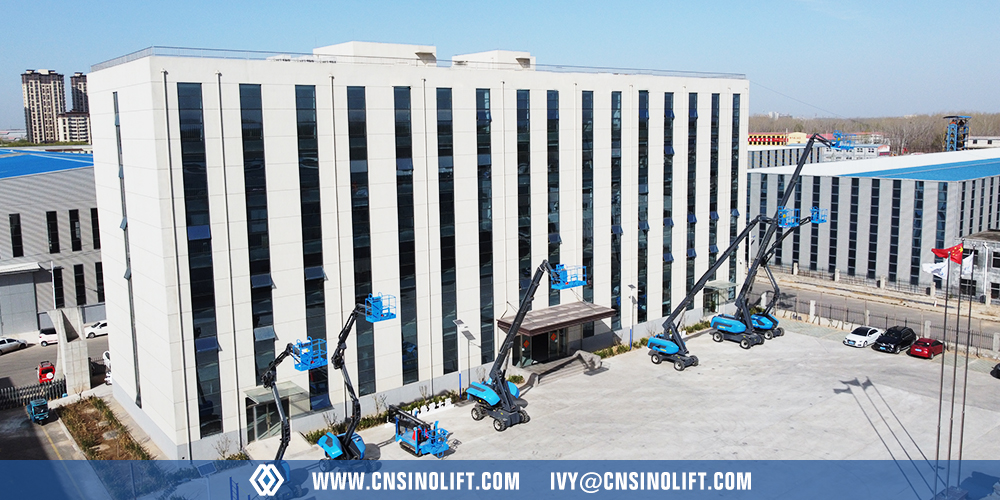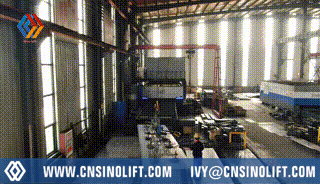Electric scissor lifts, including self-propelled scissor lifts and towable scissor lifts, are engineered for maximum stability with a low center of gravity, wide base, and advanced safety features. Under normal operating conditions, these lifts are highly stable and rarely tip over. However, improper use, such as overloading, operating on uneven ground, or exposure to high winds, can increase the risk of tipping. Understanding these risks and following safety best practices is essential for preventing accidents and ensuring safe operation.
Scissor lifts, whether self-propelled or towable, are designed to remain stable even at full height. However, different models have unique design considerations:
Self-Propelled Scissor Lifts: These lifts are ideal for indoor and outdoor applications where mobility is essential. They typically have an electric drive system and can move while elevated, making stability a key concern.
Towable Scissor Lifts: These lifts are lighter and designed for transportability. They often require outriggers for additional stability, especially on uneven ground.
While electric scissor lifts are designed to be safe, several factors can contribute to tipping incidents:
1. Uneven or Soft Ground: Operating on sloped or unstable surfaces increases the risk of tipping, particularly for self-propelled models moving while raised.
2. Overloading the Platform: Exceeding the rated load capacity (e.g., 500KG for some models) shifts the center of gravity and can cause instability.
3. High Winds or Sudden Movements: Wind speeds above 12.5 m/s (28 mph) can make an elevated platform unstable.
4. Improper Outrigger Use (Towable Models): Towable lifts require properly deployed outriggers for stability; failure to set them up correctly can lead to tipping.
5. Driving While Elevated (Self-Propelled Models): Moving the lift while at maximum height can increase instability, especially if the surface is uneven.
6. Sudden Stops or Turns: Abrupt changes in movement can shift the center of gravity, leading to a loss of balance.

To ensure safety while operating self-propelled or towable scissor lifts, follow these key guidelines:
√ Check Ground Conditions: Ensure the lift is positioned on a firm, level surface before raising the platform.
√ Follow Weight Limits: Never exceed the maximum load capacity specified by the manufacturer.
√ Use Outriggers When Needed: For towable scissor lifts, always deploy outriggers properly to maximize stability.
√ Be Cautious of Wind Speeds: If working outdoors, monitor wind conditions and avoid operation in extreme weather.
√ Avoid Movement While Elevated: Whenever possible, lower the platform before repositioning the lift.
√ Conduct Regular Maintenance: Inspect the lift’s hydraulic, electrical, and mechanical systems to ensure proper function.
Electric scissor lifts are often safer than diesel-powered models due to their smoother operation, lower noise levels, and absence of emissions. However, both self-propelled and towable scissor lifts require proper training and adherence to safety protocols. (Occupational Safety and Health Administration (OSHA), Retrieved from https://www.osha.gov/sites/default/files/publications/aerial-lifts-factsheet.pdf?utm_source=chatgpt.com)
Electric scissor lifts, including self-propelled and towable models, are designed to be stable and safe. However, like any aerial work platform, they must be used correctly to minimize the risk of tipping. By following safety best practices, monitoring environmental conditions, and conducting regular maintenance, operators can ensure a safe and efficient work environment.
For more details on choosing the right electric scissor lift, feel free to contact us. We offer a wide range of high-quality self-propelled and towable scissor lifts at competitive prices, ensuring reliability and safety in every lift!

